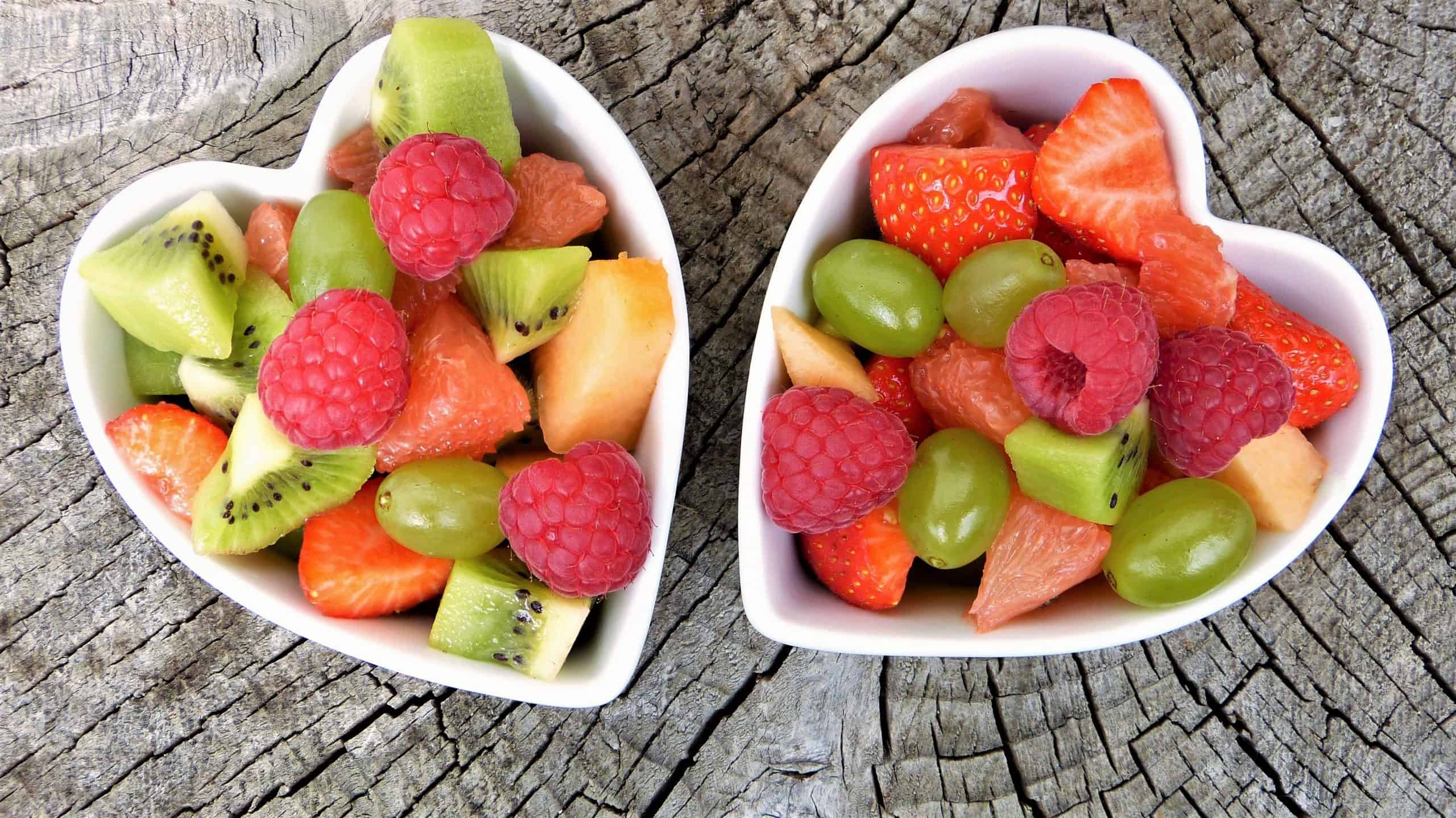
Making Sense of Nutrition at End of Life
People who are dying eat less food. It’s just what happens. That’s not to say it’s not distressing to family members who are caring for their loved ones. However, nutrition at the end of life is just as important as during any other stage of life. In honor of National Nutrition Month, we will try to make sense of nutrition goals during end-of-life care in San Francisco and elsewhere.
What to Know
For those who have entered the final stages of terminal illness, there is no evidence that an increase of calories will improve their strength, energy levels, and ability to function, or even prolong their life, points out The Geriatric Dietitian. In essence, you can’t force a dying person to eat. It won’t extend their life and it won’t do anyone any good to try. It adds stress to both parties unnecessarily. In hospice, nutrition and the way in which people eat changes. Caregivers and family members have to adapt accordingly.
Perhaps this is so difficult for caregivers because humans tend to associate nourishment with love. In fact, providing another person with something to eat and drink is a way of communicating love, caring, and concern in a nonverbal way. Another part of it is that we just don’t want to see our loved ones suffer, and when we think of someone not eating, this sounds like what we equate with “starving to death.” To that end, it’s not unusual for a well-meaning family member to force food on their loved one. However, this can not only be a burden, but it can also be detrimental to the patient.
It’s important to realize that diminished thirst and hunger, and the weight loss that results is part of the disease process and actually helps guide the body toward a peaceful, more comfortable death. This is a natural process whereby the person will automatically limit their intake of food and fluids as less and less energy is needed. As a result, there will be a change in the level of their alertness as nutrition needs decrease. This can actually be helpful to the patient, as dehydration can decrease symptoms of nausea and vomiting, swelling pressure, incontinence, congestion, cough, and shortness of breath. Dehydration can also spur the release of chemicals that decrease pain. This is why introducing artificial means of hydration (IVs and feeding tubes) can actually result in more discomfort and unpleasant side effects.
Nutrition Tips at End of Life
There are some things you can do for your loved one in hospice so that they get the nutrients they need without being forced.
- Accommodate weakened senses: Those nearing the end of life often lose sensitivity to salty and bitter tastes, for example. Instead of sprinkling on more salt, season food with spices, herbs, and healthy oils to increase flavor, advises Help Guide.
- Provide small yet frequent meals that are high in protein. You don’t need to follow the three-meals-a-day routine with hospice patients. It’s better if you provide five or six small meals a day of lighter fare.
- Give them small yet frequent sips of water and juice throughout the day to keep them hydrated.
- Provide meals at times of the day where they tend to feel the best and have the most energy, such as the morning or right after taking their pain meds.
- Purée foods for those who have a difficult time swallowing.
- Offer liquid meals when the person is in pain or feeling nauseous.
- Offer flavored freeze pops to relieve dry mouth or even drinks that restore electrolytes (think Pedialyte or Gatorade).
- Use cups with lids for beverages so your loved one can hold it themselves without spilling.
- Serve meals in bed on trays if they are too weak to sit at the table. They should eat wherever they feel more comfortable.
- Don’t be afraid to experiment with flavor so that foods become more appealing. Tart flavors like lemon, lime, vinegar, or sweet-and-sour sauce may work. If something tastes too salty, add a bit of sugar. If something tastes too sweet, add some salt. If something is too bland, use herbs and seasonings instead of straight salt.
- Provide lemon drops or mints to relieve metallic tastes. Don’t store foods and beverages in metallic containers or use metal utensils, which tends to leave a residual flavor that those in hospice pick up on easily.
In the end, it’s important to learn what is going on in the body of someone who is dying. During the dying process, their body is shifting from an “anabolic” state to a “catabolic” state. Rather than use energy to build and repair tissue, as healthy people do, their body is now starting to break down things to make energy.
Contact Pathways Home Health and Hospice
Our hospice caregivers are skilled in nutrition for our hospice patients and know exactly what they need to be nourished. Contact us today at 888-978-1306 to learn more about how we care for your loved one’s nutritional needs at the end of life.

